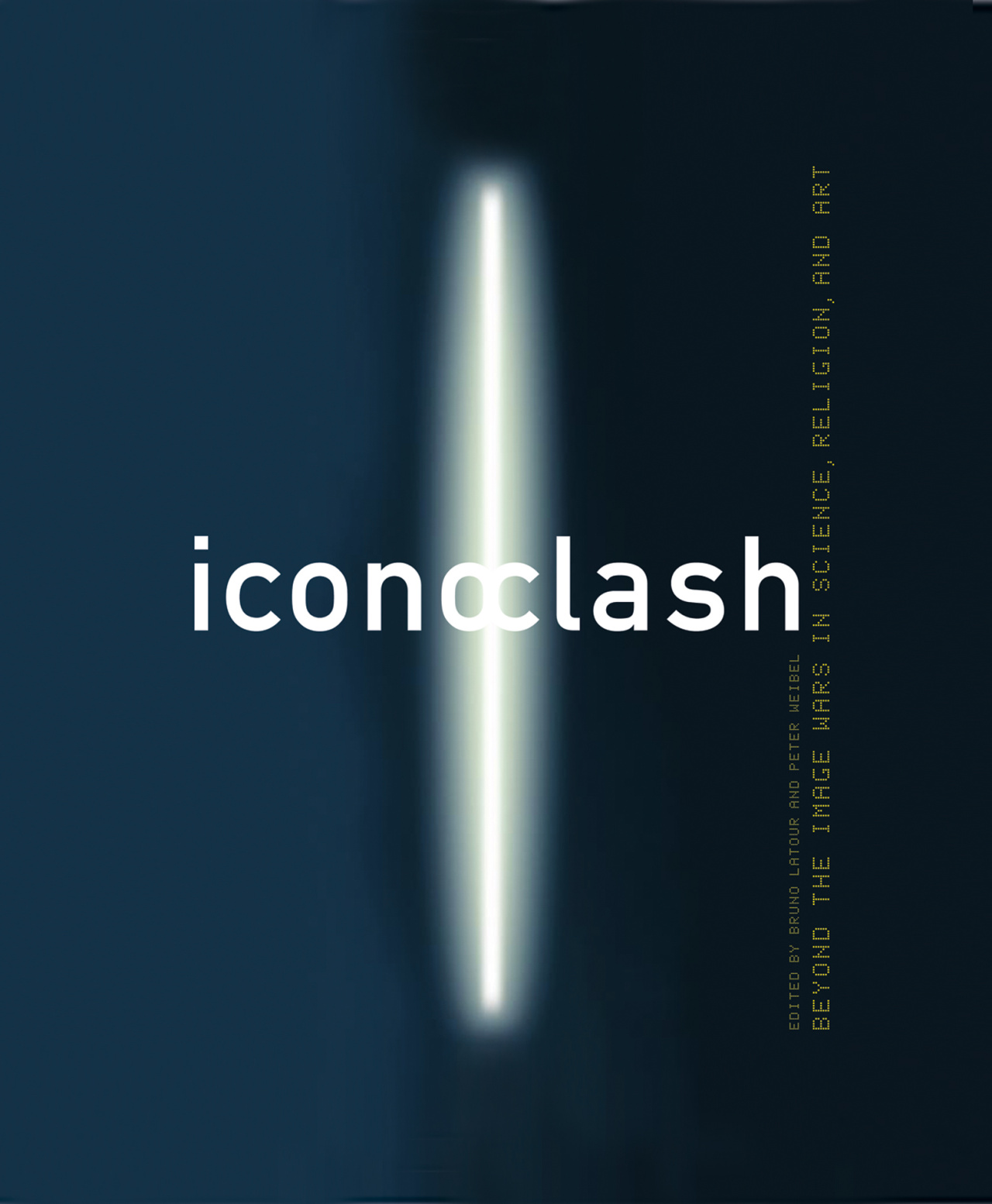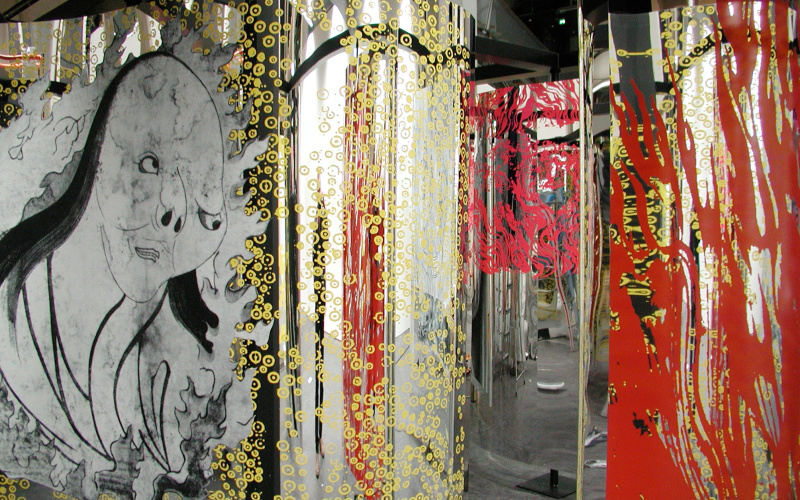- Exhibition catalog
Iconoclash. Beyond the Image Wars in Science, Religion, and Art
2002
- Type of publication
- Exhibition catalog
- Author / Editor
- Bruno Latour and Peter Weibel (Eds.)
- Publishing house, place
- MIT Press, Cambridge, Massachusetts
- Physical Description
- 703 p. : numerous ill.
- Language
- English
- Year
- 2002
- ISBN
- 0-262-62172-X
- Content
This book is a most comprehensive anthology about the image wars, as it joins for the first time different cultures from West to East, different epochs from Middle Ages to modernism, different practices from science to art, in the search for an understanding of the nature of the image. This question is more actual than ever, because the question of the image, always answered differently from different political and cultural perspectives, is central in a society built more than ever on visual media for the question: What is reality? Today, in the era of new instruments of image making in art and science, from media to medicine, the functions of the image have changed radically. The name of the multiple transformations of the image in the technical universe of today is called “crisis of representations.” Iconoclasts and Iconophiles fight on the field of representation, denying or believing in the possibility of representation, in the referential functions of chains of signs.
This book offers new insights from new perspectives from the front of the image wars governing the actual world in the field of politics, religion, art, and science. The general drama that is being set in the book is the sort of double bind in which we are put by two contradictory injunctions: “If only we could do without images!” and “We cannot do without images!”. The first injunction is an appeal to get rid of all images, to become an iconoclast; the second is an appeal to respect images as our only possible mediation, to become an iconophile. The quandary of the many artists, saints, scientists, militants who populate the chapters of this book is that they are taken in between those two contradictory urges; this is what we call an iconclash, that is, a deep uncertainty on the power, sanctity, and violence of images. This uncertainty is what is explored by crossing the boundary between four domains of iconoclasm and iconophily that are rarely brought together, namely the world of scientists and their instruments, that of artists and their works of art, the realm of the devout and their faiths, and the domain of politics and their many representatives. Some images attract our rage, spite, and suspicion; others, on the contrary, are deemed beyond dispute; still others leave us indifferent. It is the interference patterns formed by those different types of diffidence and confidence that we deploy in this book. from the agony of the cultural revolution in Tibet to the “end of painting” in modern art, passing through the fierce disputes among mathematicians between formalists and intuitionists; from the destruction of Stalin statues after the fall of the Wall to that of the giant Buddhas by the Taliban, or the complete metamorphosis of pictures into pixels on the World Wide Web; from the built-in iconoclasm of Christian images to their destruction by various reformers and revolutionaries to the self-destruction of critique itself and the missionaries' burning of fetishes; from the accusation of blasphemy generated by unbearable music to the dissolution of the avant-garde in contemporary art or the transformation of scientific instruments from image to data.
The best specialists in each of those many domains have been brought together to provide, thanks to a beautiful layout, a powerful visual and intellectual experience on how different civilizations have answered the strictures of the Second Commandment.

